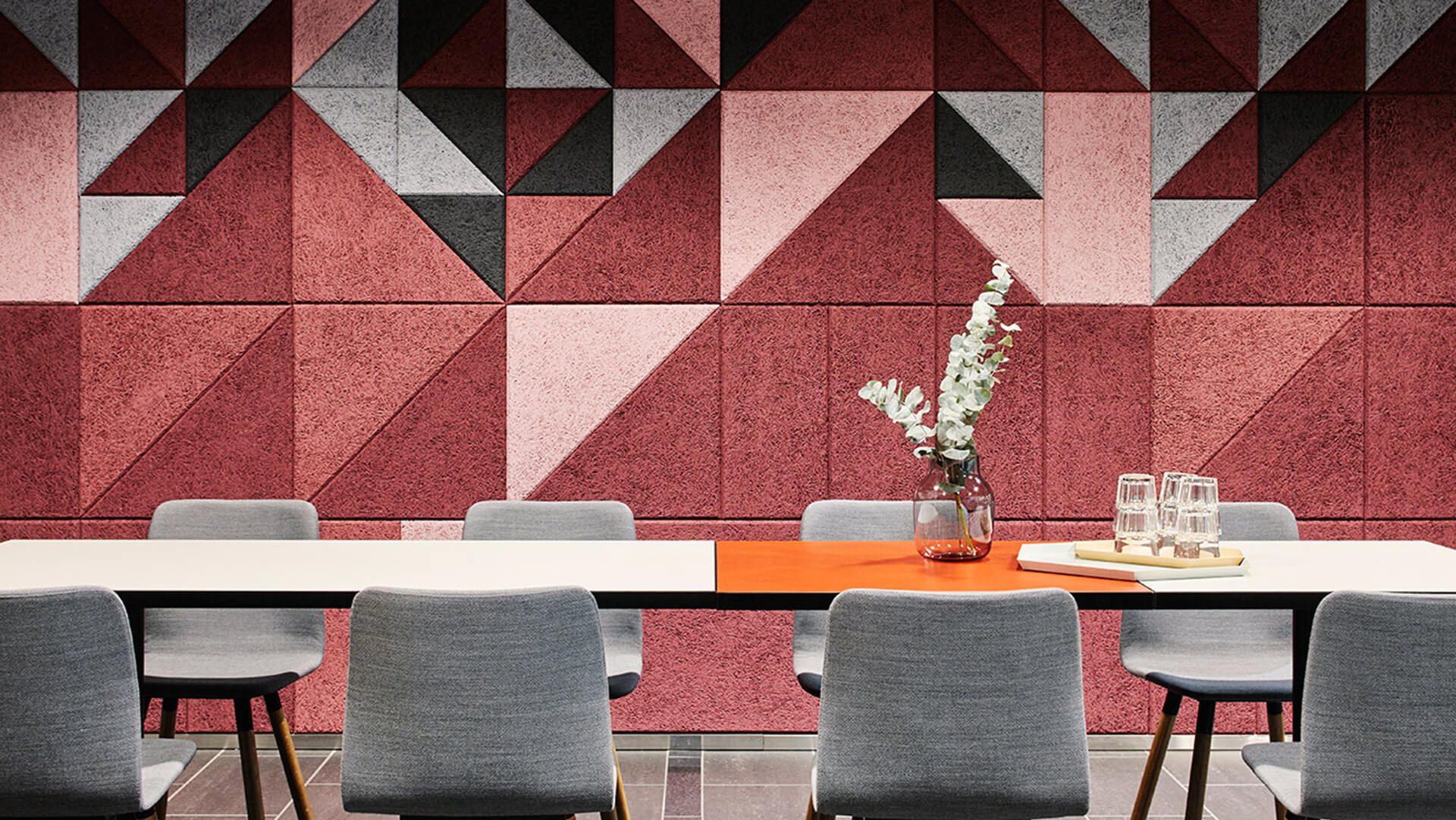Soundproofing
Soundproofing

I am going to talk about Soundproofing, and why it is so important for maintaining a good acoustical environment, as well as the different ways structures can be soundproofed.
Soundproofing is the prevention of noise leakage from one part of a structure, though to the other side. Soundproofing can offer a number of benefits, such as; protect confidentiality, prevent nuisance external noise and make buildings with large amounts of people within quieter, improving comfort and productivity. While a common association of soundproofing is with walls, other parts of structures can be soundproofed as well, such as ceilings, doors and floors.
Walls are often soundproofed by placing material in the cavity in the centre of the wall (such as our Sound Quilt), preventing noise from leaking through either side. Soundproofing material can also be placed on ether side of the wall. Soundproof walls have a wide variety of usages, whether its preventing noise from neighbours in connected houses, maintaining productive environments by minimising noise in schools, preventing noise leakage from nightclubs and much more.
Specialist soundproof doors can be used to prevent the leakage of noise. Unlike many doors, which are hollow on the inside, these doors are designed with material in the middle, increasing the doors mass and preventing sound from traveling through. These doors are also fitted to match up perfectly with the frame, preventing noise from escaping though gaps at the bottom or at the sides as usual. Soundproof doors are perfect for protecting privacy in buildings, and preventing nuisance noise from coming through. Many soundproof doors, such as our Sound Door Ultra , also have fire resistant properties, meaning that these doors can also provide a useful benefit to health and safety within a structure.
Soundproof ceiling solutions , such as our Soundboard , can be used to prevent noise from traveling to and from floors above in multi-floor buildings. These products are laced internally within the ceiling and work by reducing airborne and impact noise between the ceiling and the floor above. These products have a wide variety of usages, such as in educational environments, apartment blocks and bars/restaurants.
Soundproof floors have a number of usages. They can be used in many environments to reduce noise from footsteps and impacts, contributing to the overall sound quality of the room. Soundproof floors can also be useful in multi-level environments, such as hospitals and hotels, by preventing sound transmission between floors, protecting privacy and reducing overall noise, improving comfort. This means that these can be extremely useful in particular in structures frequently containing a large amount of people. These products are placed within the structure of the floor itself, beneath the floor surface. These solutions can come in a number of different varieties, such as matting systems, overlay systems, cradle systems, battens and insulating quilts.
In summary, soundproofing has a wide variety of usages and is key to maintaining an exceptional acoustical environment within a structure. It is suitable for almost any internal environments and can be useful for providing privacy, comfort and preventing noise leakage.